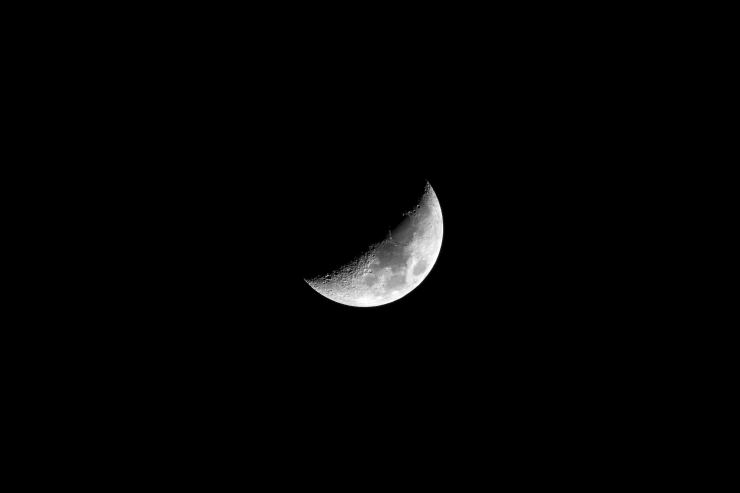
India has achieved a historic feat by safely landing its spacecraft on the moon's southern pole, making a big leap in space exploration.
In a major accomplishment, India now stands as the fourth country ever to softly land on the moon, joining the ranks of the United States, the former Soviet Union and China. The Indian Space Research Organisation (ISRO) pulled off this achievement by successfully guiding the Lander Module from Chandrayaan-3, its third mission to the moon, to a smooth landing. The Vikram lander, named after ISRO's founder Vikram Sarabhai, made a perfect touchdown at 18:04 local time (12:34 GMT), and India became the first to touch down near the moon's south pole.
Chandrayaan-3's Lander Module was launched on July 14 and took India into a special group of countries capable of gently landing on the moon. People at ISRO's Mission Operations Complex (MOX) in Bengaluru celebrated joyfully as the momentous landing unfolded.
Prime Minister Narendra Modi, attending the Brics summit in South Africa, witnessed the event live. He expressed his pride in India's achievement, saying, "India is now on the moon. We have reached where no other country could. It's a joyous occasion." He also stressed that this achievement belonged to all humans, fitting with India's approach of working together globally.
Archbishop Andrews Thazhath of Trichur, president of the Catholic Bishops' Conference of India (CBCI), sent ISRO his sincere congratulations on the outstanding accomplishment.
“The progress made by our scientists and engineers in the field of space research is truly commendable and fills our hearts with pride. The efforts of ISRO and the entire team behind Chandrayaan 3 serve as an inspiration to the entire nation,” he stated in a press statement.
India's lunar success comes after earlier tries, including the Chandrayaan-2 mission in 2019, which faced difficulties while trying to land softly. Although the lander and rover of Chandrayaan-2 couldn't make it, the orbiter continued orbiting the moon and sent back useful data and pictures.
Chandrayaan-3's main goal is to study the moon's surface chemistry with its Rover. The Rover, named Pragyaan (meaning "wisdom" in Sanskrit), carries scientific tools for experiments on the moon's surface. A big aim of this mission is to hunt for water ice in the dark areas at the moon's south pole. This discovery could be really important for future moon exploration and space travel.
The Lander and Rover carry five scientific tools to study the moon's surface, the air around it, and even activities below the surface. The Rover also has the Indian flag and ISRO's logo on its wheels, so it leaves marks on the moon's soil as it moves around.
ISRO Chief Sreedhara Panicker Somanath acknowledged the collaborative effort that led to this achievement, remarking that it was the work of a generation of ISRO scientists.
As the world's interest in exploring the moon grows, Chandrayaan-3's success sparks even more curiosity about our closest space neighbour. With more missions planned to the moon by different countries, scientists think that the secrets of the moon yet to be uncovered will help us learn more about space and might even be a stepping stone to exploring deeper into the universe.




